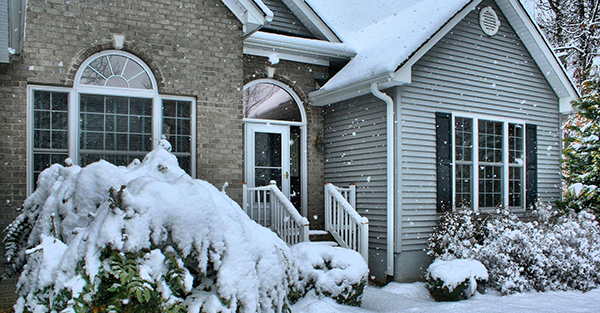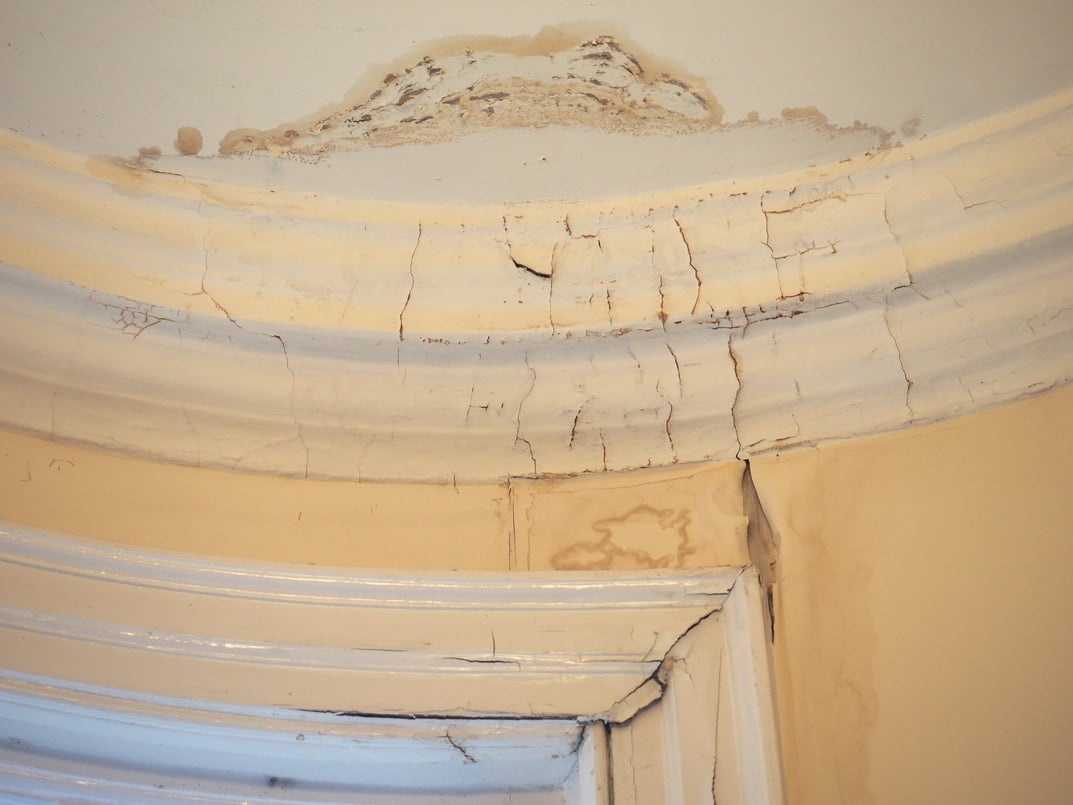Many types of insulation are available today. We will compare five different types to help you decide for yourself which is best for your home. High quality insulation should be cost-effective, saving energy and money while providing comfort. Good insulation should also be designed to minimize environmental impact and require very little or no maintenance for homeowners.
Different Types of Insulation to Consider
Cellulose: Cellulose is a popular choice for insulation. Blown-in cellulose can settle up to 20%, losing R-value (thermal resistance) over time. It is naturally flammable, so manufacturers must be sure to apply fire retardants to reduce flammability. It requires drying time after it is installed and will absorb and retain moisture until dried. Homeowners can install dry cellulose, but wet cellulose must be professionally installed using a machine. Cellulose is made of recycled materials, including newspapers and wood fiber. This type of insulation has been through very limited health and safety testing.
Cotton: Cotton insulation comes in batts and doesn’t settle once installed. It is flammable, however, and must be treated with fire retardants; these fire retardants may cause corrosion to the insulation over time. Cotton may absorb up to 15% moisture, and if wetted repeatedly, it can harbor mold. A homeowner can install cotton insulation by use of a motorized cutting tool. It is made from either raw or recycled cotton. No known health or safety testing has been conducted on this product.
Spray Foam: Spray foam insulation comes in two forms: open cell and closed cell. Both types are flammable and may shrink over time. They are non-corrosive but can absorb moisture. Spray foam must be professionally and very carefully installed, and a drying time is required after installation. Neither open nor closed cell spray foam is created from recycled material. No health and safety testing has been conducted on this type of insulation.
Rock/Slag Wool (Mineral Wool): Batts do not settle, and blown-in mineral wool has virtually no settling, so the R-value does not degrade in this type of insulation. Mineral wool is naturally fire resistant, non-corrosive, and won’t absorb or retain moisture. No drying time is required after installation. Because it must be installed with a special, high-speed blowing machine, professional installation is highly recommended for blown-in mineral wool insulation. Mineral wool is made up of recycled materials, minerals such as basalt or diabase, and blast furnace slag. This product has been thoroughly tested.
Glass Fiber: This type of insulation can be installed in batts or as blown-in insulation. The batts do not settle at all and the blown-in insulation has very little or no settling. It is naturally fire resistant, non-corrosive, and does not absorb or retain moisture. No drying time is required after installation. Glass fiber insulation is made up of recycled glass and sand, both renewable and abundant resources, making it an eco-friendly solution for the home and environment. Professional installation is recommended for blown-in insulation due to the fact that a special machine must be used to install it properly and efficiently. Fiberglass is one of the most thoroughly tested insulation products on the market. It has been proven to be safe to manufacture and install when proper procedures are followed.
Owens Corning invented glass fiber insulation over 50 years ago. Many people automatically think of cellulose when choosing which insulation to install in their homes. As you can see, there are may advantages to choosing glass fiber over cellulose. It performs better and provides both thermal protection and air-infiltration control. PINK Fiberglas Loosefill (Atticat) Insulation, an Owens Corning product offered by Hedrick Construction, is a blown-in insulation that is easy to install. Blown-in insulation has an airflow reduction that is very similar to cellulose, but its R-value is greater, offering better thermal resistance. Overall, blown-in glass fiber insulation is one of the safest and most effective insulation products available.
Apart from installing blown-in insulation, Hedrick Construction, located in Huxley and serving Ames, Ankeny, and the surrounding areas, also offers Lomanco Vents and Quality Edge soffit for your home. Contact us today with any questions or requests you may have.








Comments